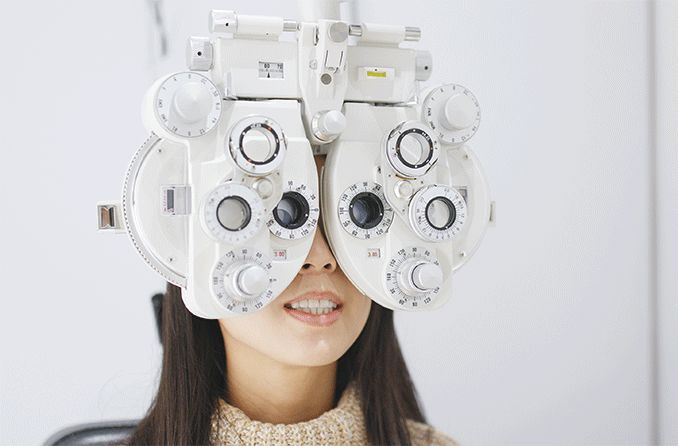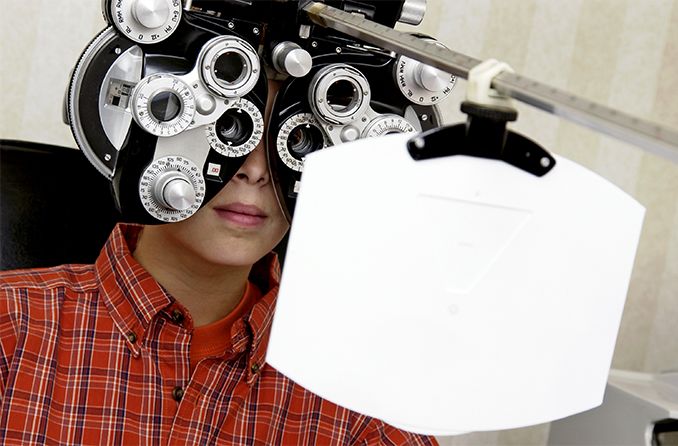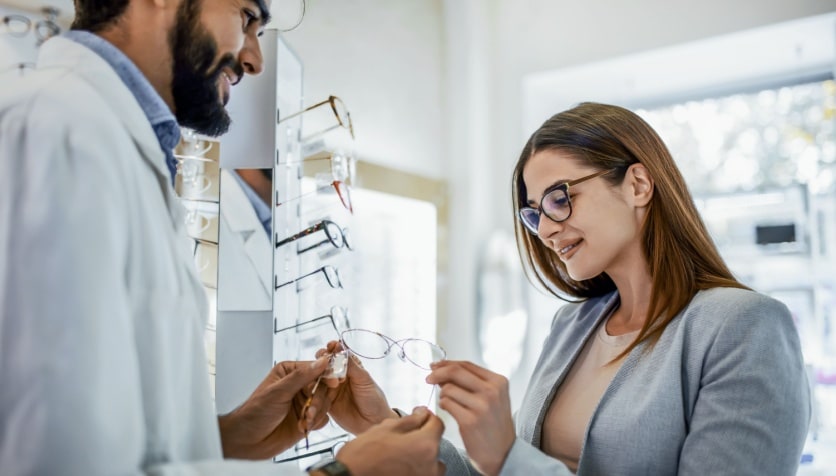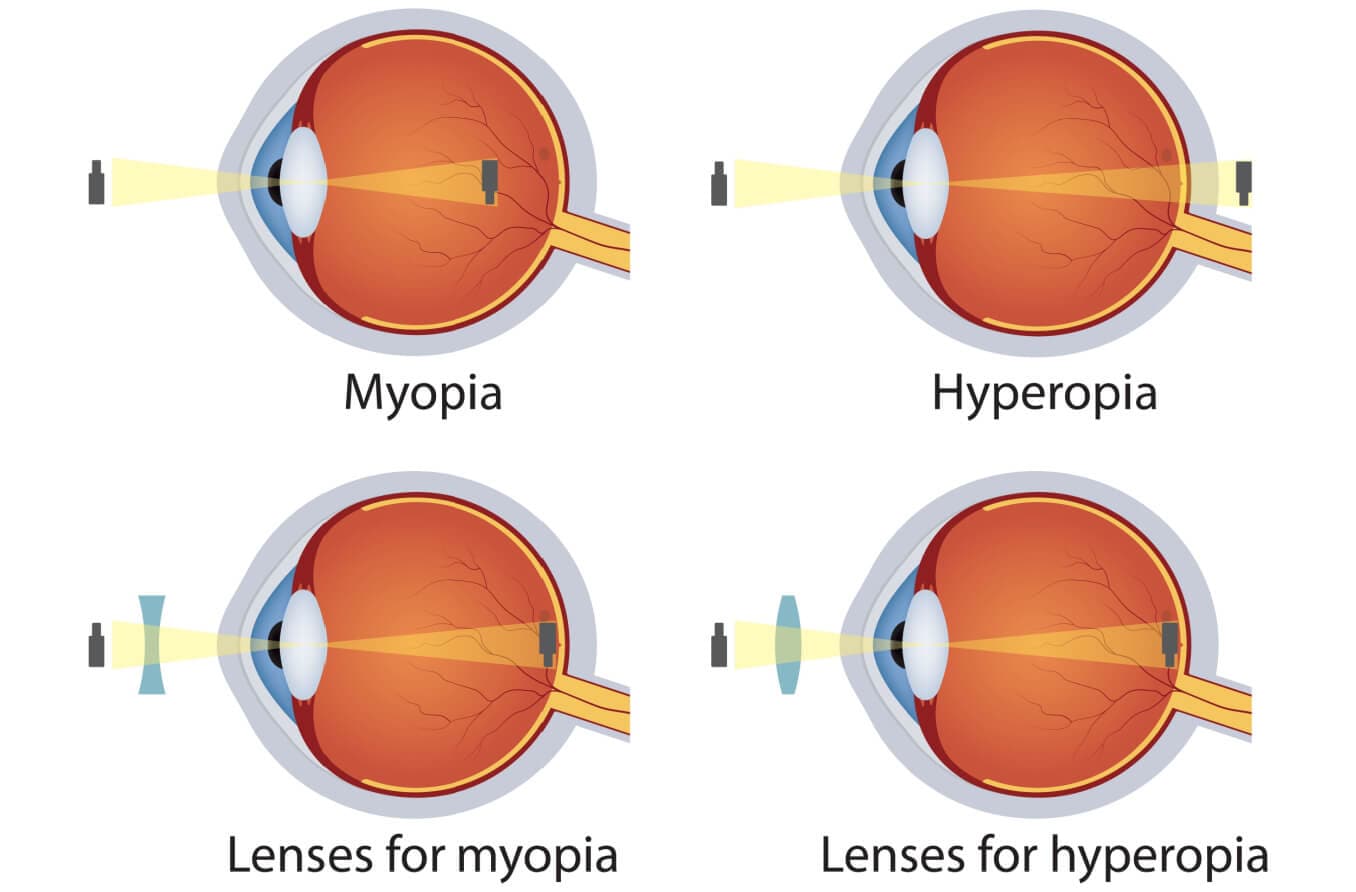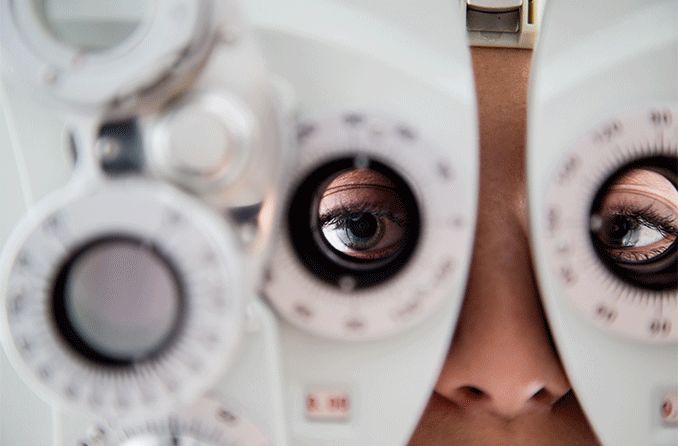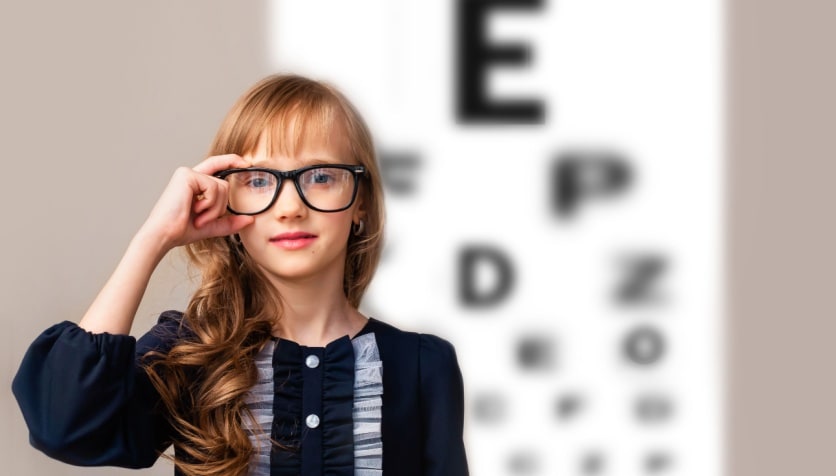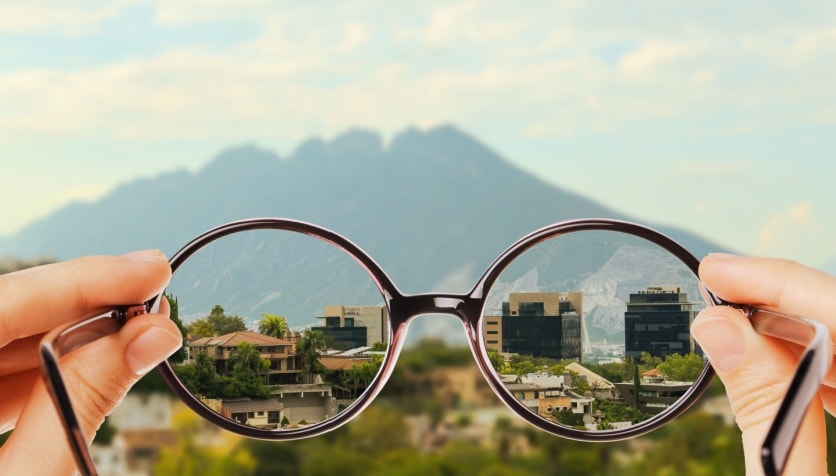Does severity of myopia affect when myopia progression stops?
Most people who have low or moderate myopia will find that their prescription stabilizes by their early 20s. High myopia may continue to progress in a person who is in their 20s.
Low to moderate myopia
Low to moderate myopia, which is a refractive error of less than -6.00 D, is easily corrected by glasses or contact lenses.
Research has typically found these myopia stabilization age ranges for people with low or moderate myopia:
About 50% of people have stable myopia by age 15.
About 75% of people have stable myopia by age 18.
90% of people have stable myopia by age 21.
Nearly all myopia is stable by age 24.
However, a more recent study found that myopia progression may continue past the age of 20 in about one-third of adults.
High myopia
Some myopes find that their prescription continues to increase at each yearly eye exam. When refractive error increases above -6.00 D, it is classified as high myopia.
The younger a child develops myopia, the higher their rate of progression.
This type of myopia is inherited and uncommon. It is due to the eyeball growing too long or the curvature of the cornea being too steep.
High myopia greatly increases the risk for certain serious eye conditions, including:
Myopic macular degeneration
Most myopia stabilizes by age 24
Low to moderate myopia levels off by age 24 for most people. Severe types of myopia, such as high myopia and pathological myopia, may continue to progress past the early 20s.
Several strategies have been found to possibly slow down the progression of myopia, including:
Daily application of low-dose atropine eye drops
Myopia control eyeglasses and contact lenses
Overnight Orthokeratology
Increased time spent in outdoor sunlight
Frequent vision breaks during near work
The protective effects of outdoor sunlight exposure have been confirmed by multiple studies. Increased time spent outdoors can reduce the risk of myopia development and progression. Spending more time outside in adolescence can also decrease the risk of developing late-onset myopia (after age 15).
Staying current on comprehensive eye exams is the best approach to managing myopia and keeping your eyes healthy. An eye doctor can monitor myopia and implement strategies to slow down its progression in order to avoid the development of high myopia.


